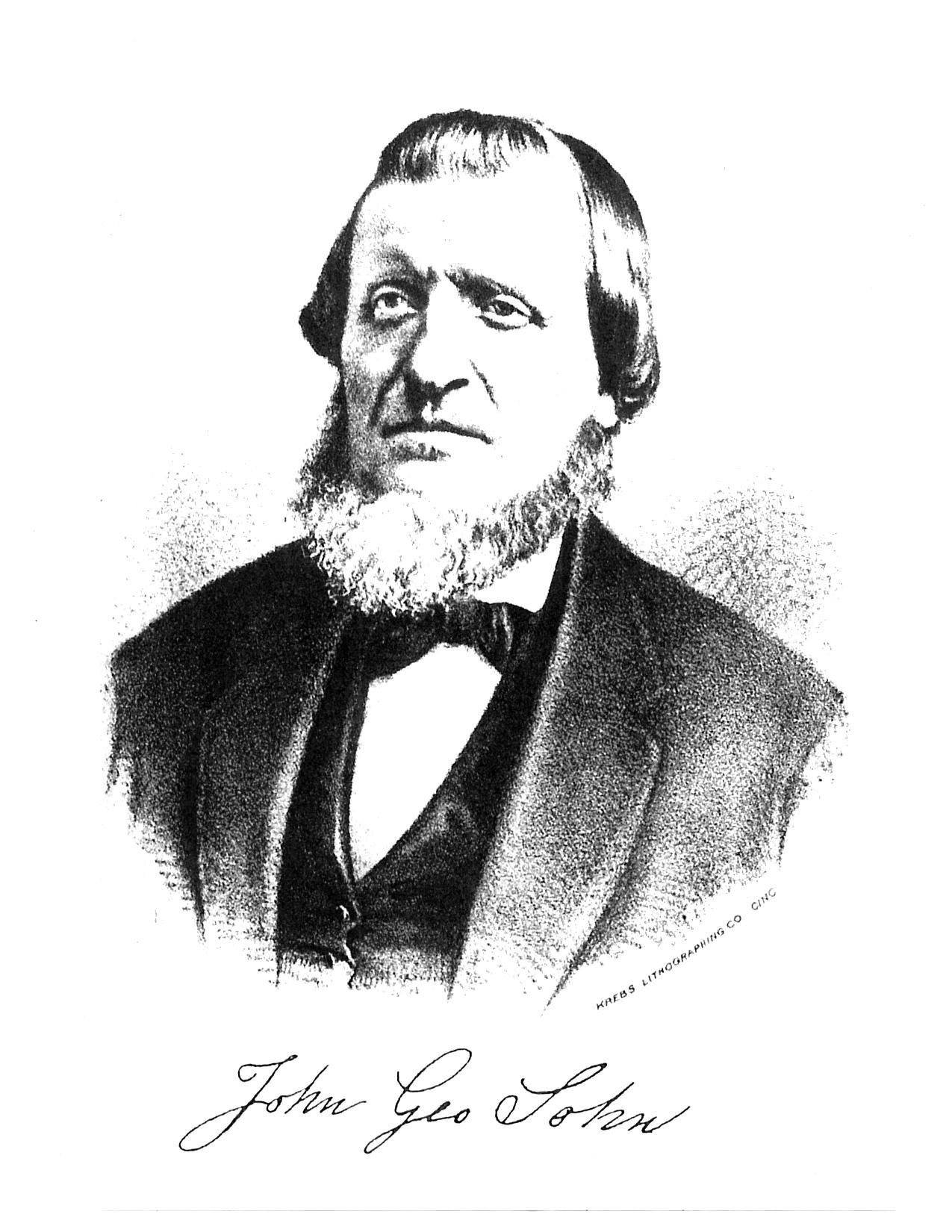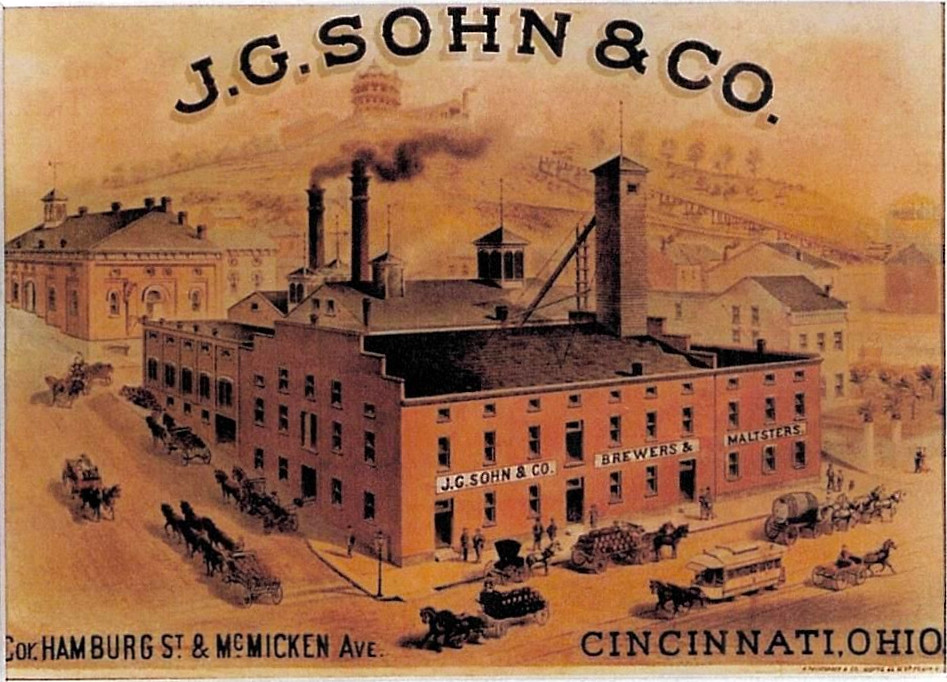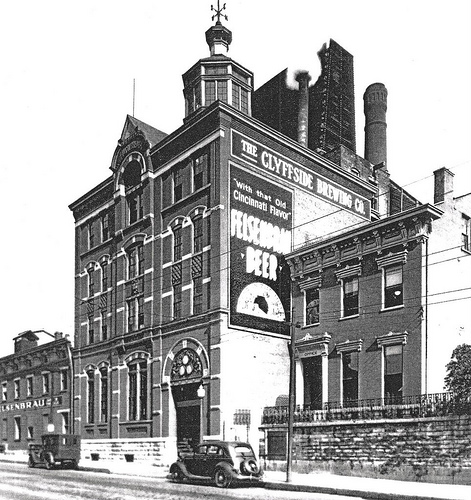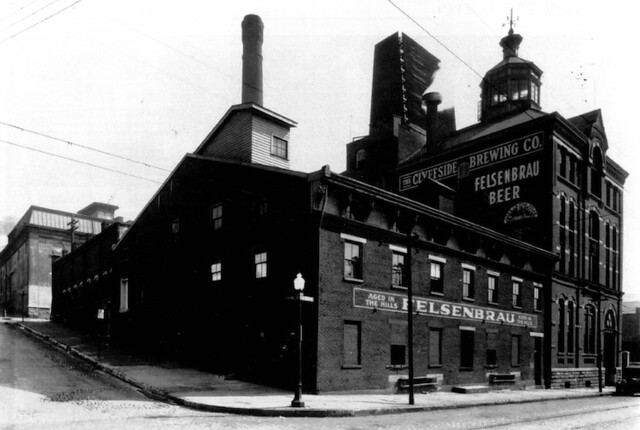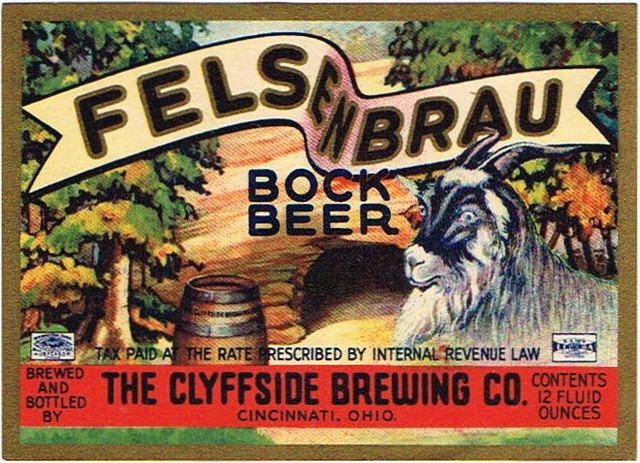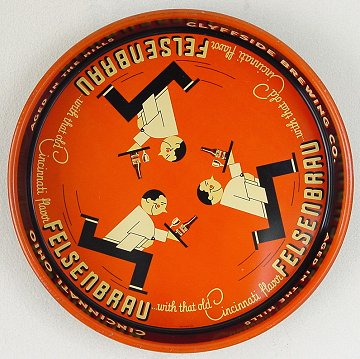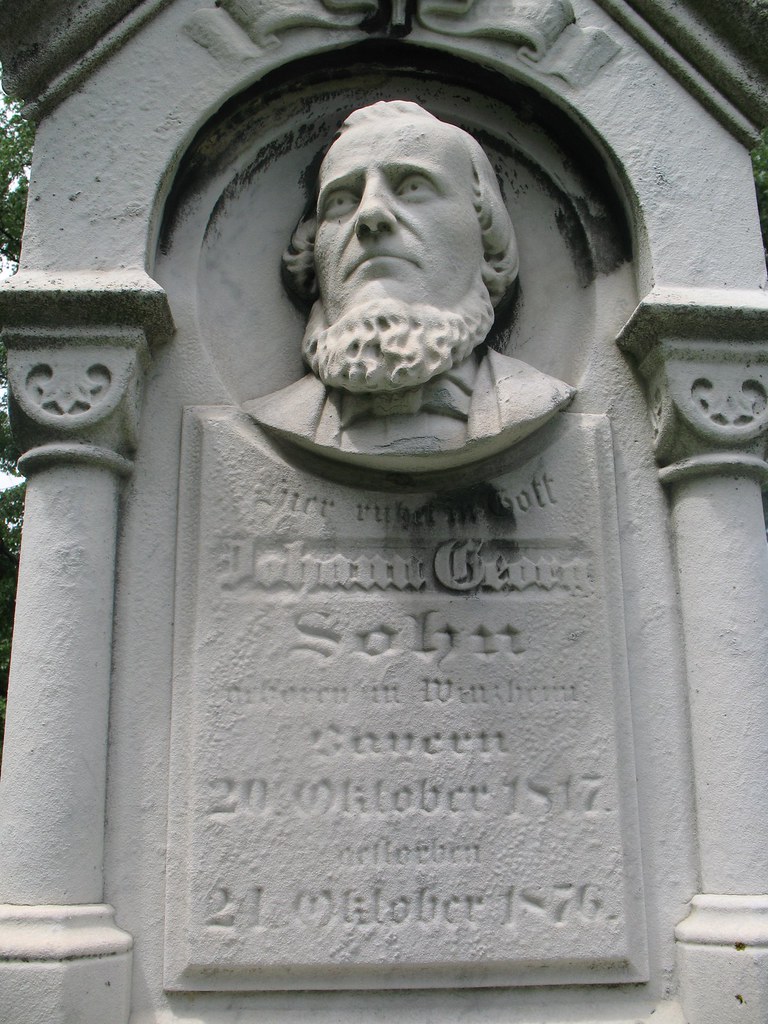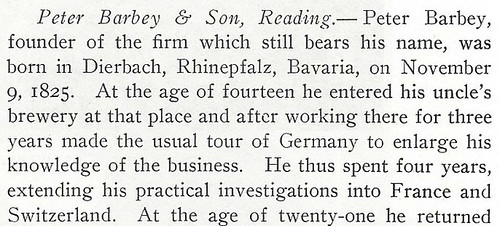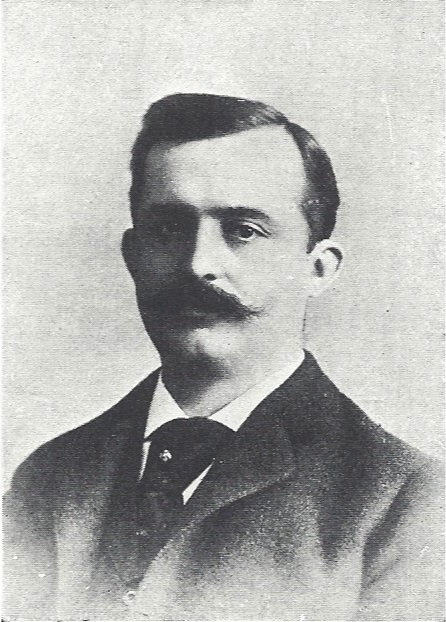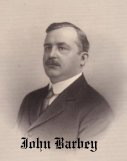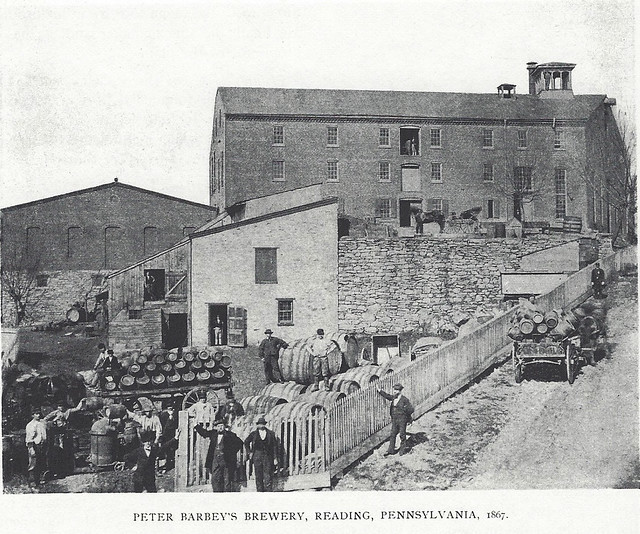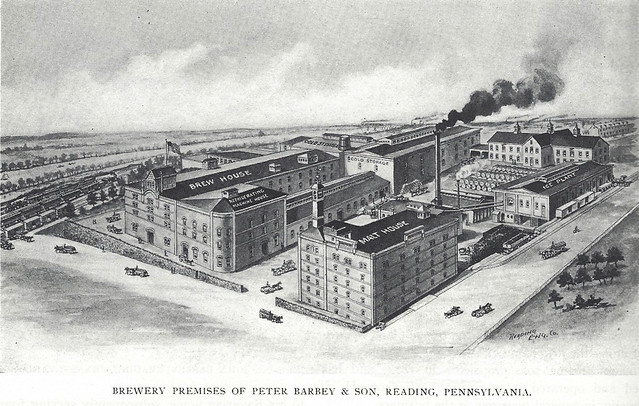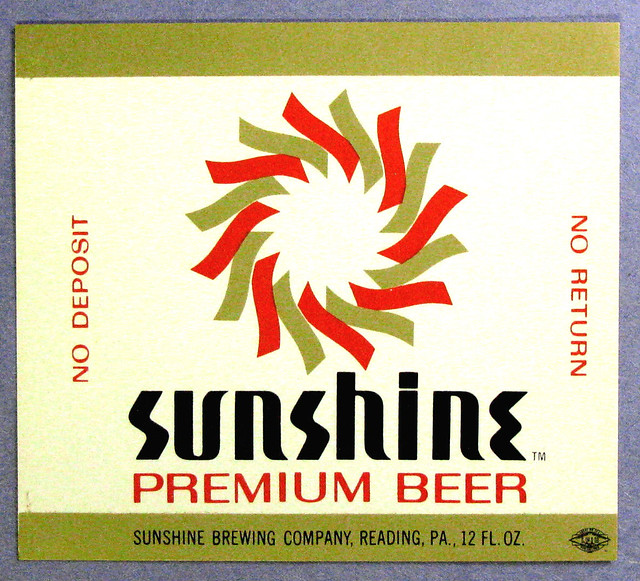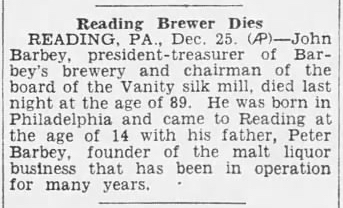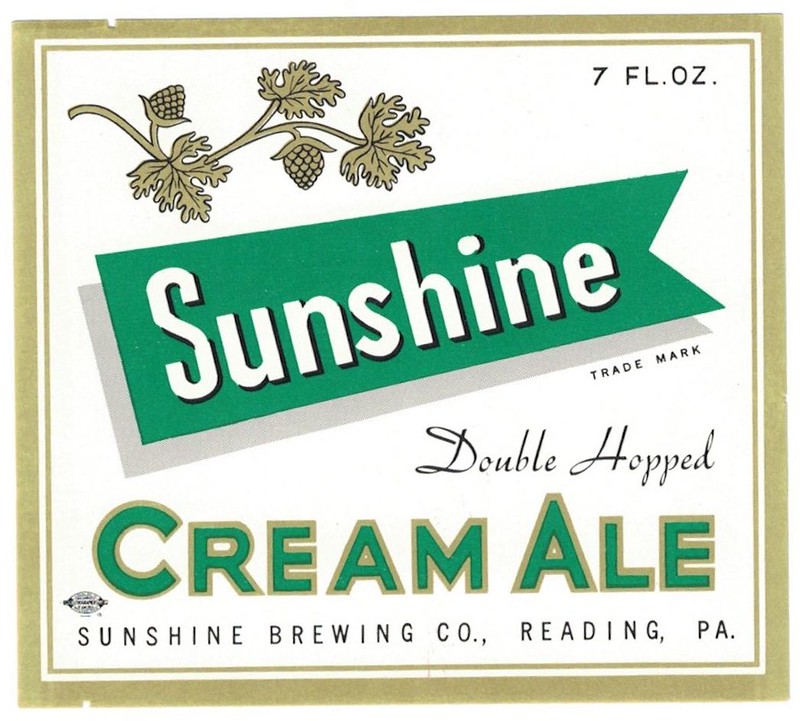
Last year I decided to concentrate on Bock ads for awhile. Bock, of course, may have originated in Germany, in the town of Einbeck. Because many 19th century American breweries were founded by German immigrants, they offered a bock at certain times of the year, be it Spring, Easter, Lent, Christmas, or what have you. In a sense they were some of the first seasonal beers. “The style was later adopted in Bavaria by Munich brewers in the 17th century. Due to their Bavarian accent, citizens of Munich pronounced ‘Einbeck’ as ‘ein Bock’ (a billy goat), and thus the beer became known as ‘Bock.’ A goat often appears on bottle labels.” And presumably because they were special releases, many breweries went all out promoting them with beautiful artwork on posters and other advertising.
Wednesday’s poster is for Gretz Bock Beer, which was published around 1951. It was made for the William Gretz Brewing Co. in Philadelphia, Pennsylvania, which was originally founded in 1861 by Albert Schwartz. Unfortunately, we don’t know who the artist was who created this.
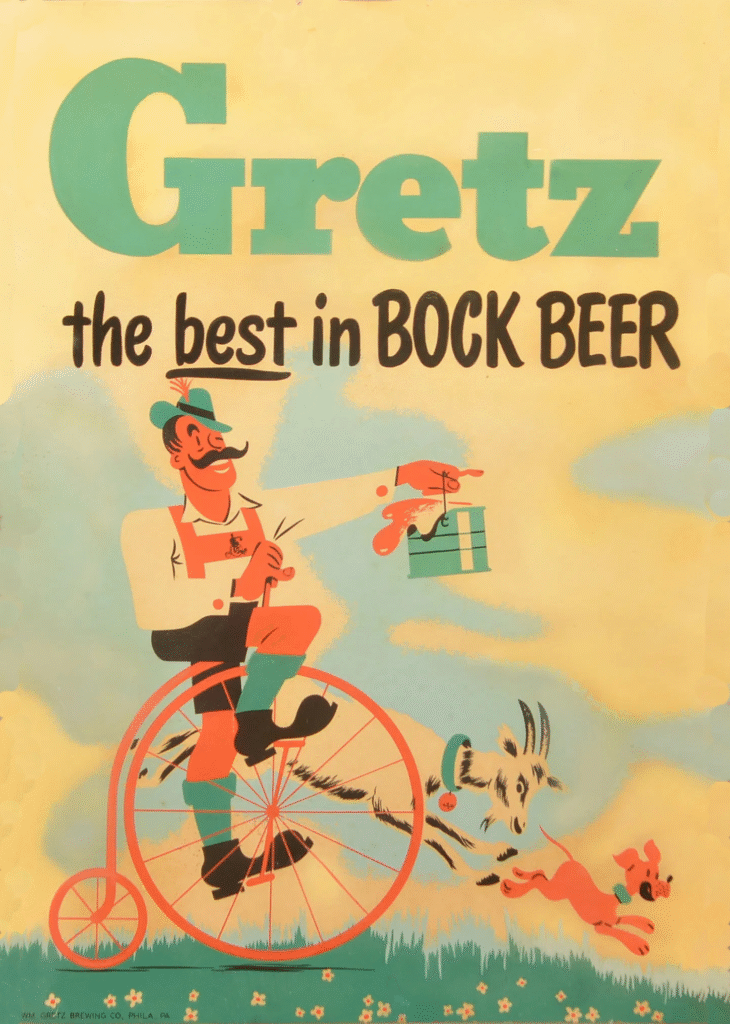


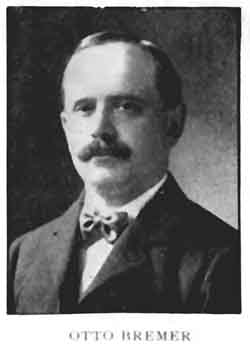
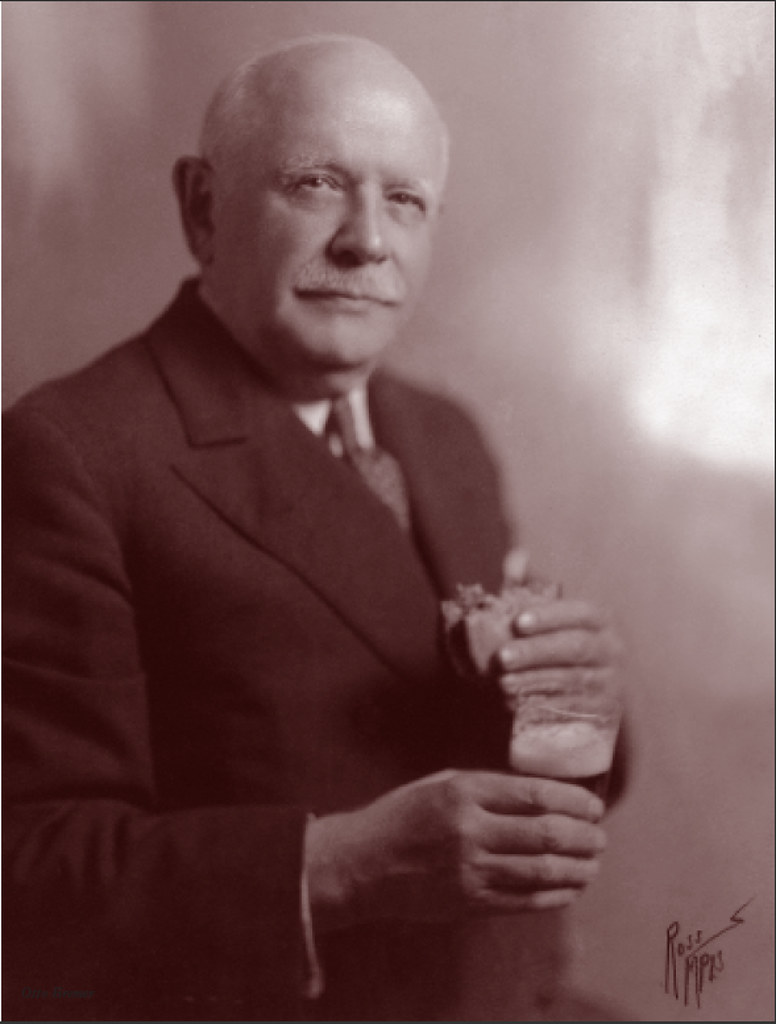
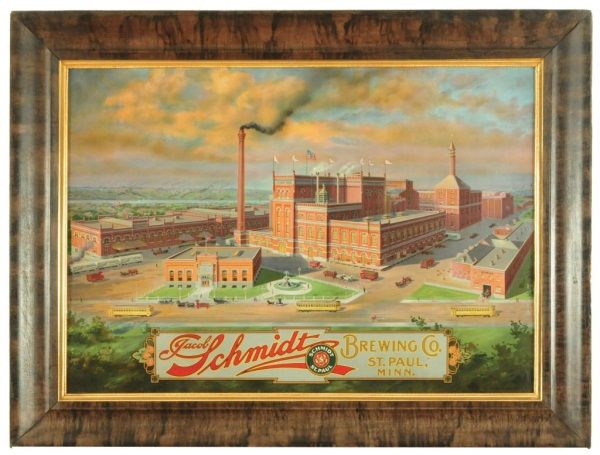
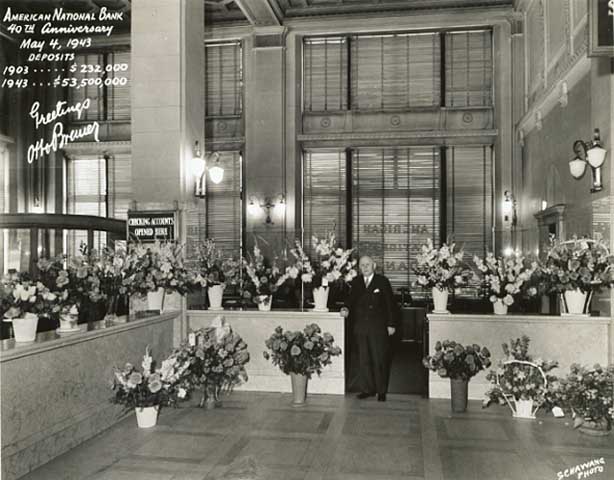

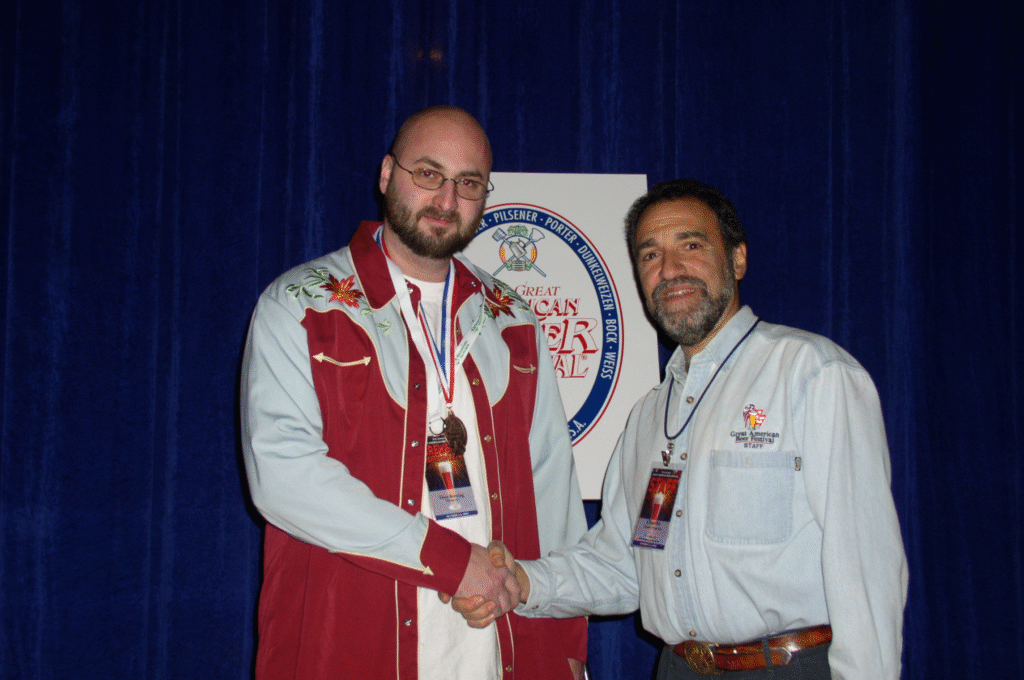
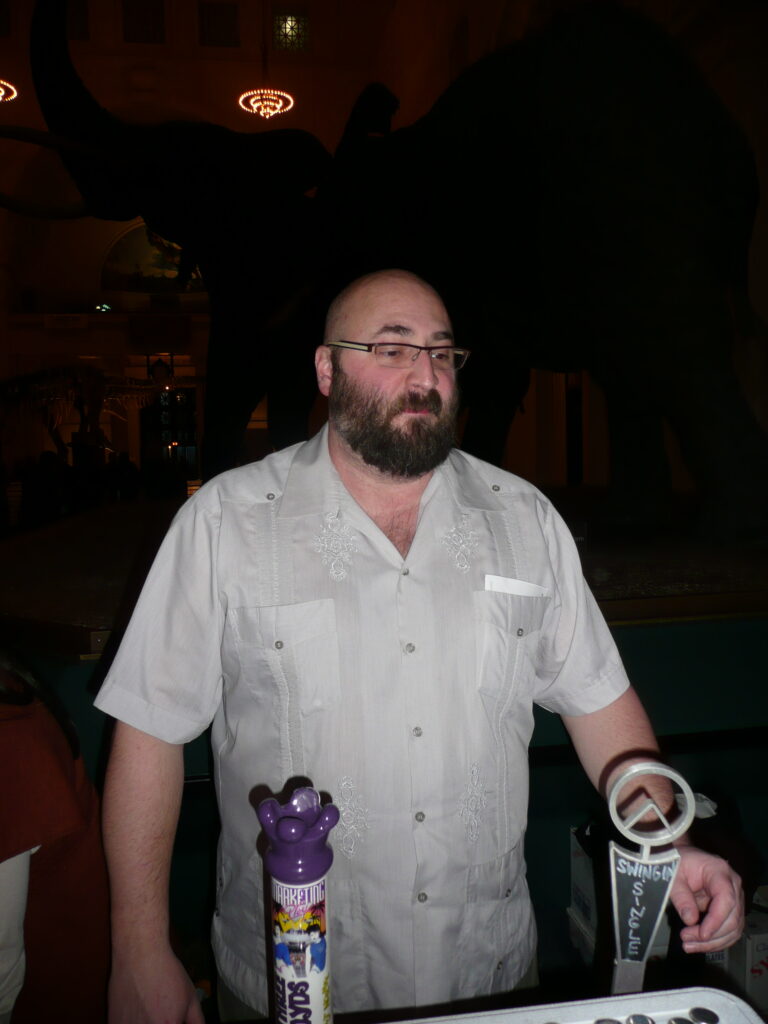
 At Stone Brewery during CBC in San Diego in 2008. From left: Peter Schell, Eric Rose (Hollister Brewing), Ian Ward (Brewers Supply Group), Jonathan Cutler (Piece Brewing), Chad Kennedy (Laurelwood Public House) and Fal Allen (now back at Anderson Valley).
At Stone Brewery during CBC in San Diego in 2008. From left: Peter Schell, Eric Rose (Hollister Brewing), Ian Ward (Brewers Supply Group), Jonathan Cutler (Piece Brewing), Chad Kennedy (Laurelwood Public House) and Fal Allen (now back at Anderson Valley).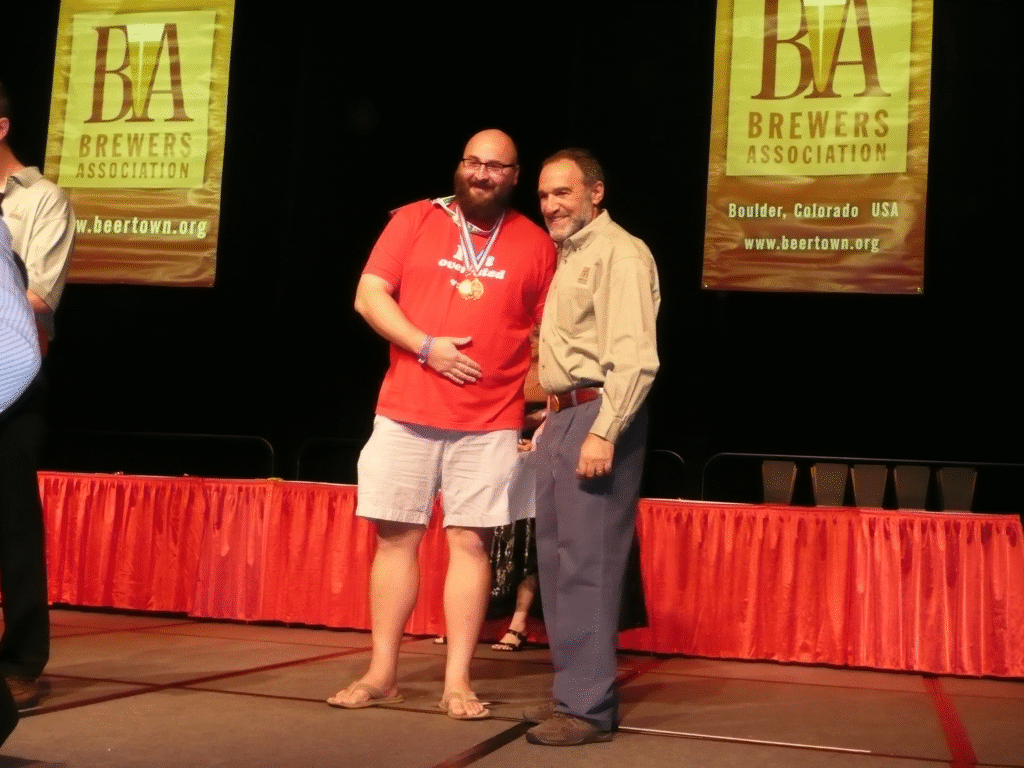
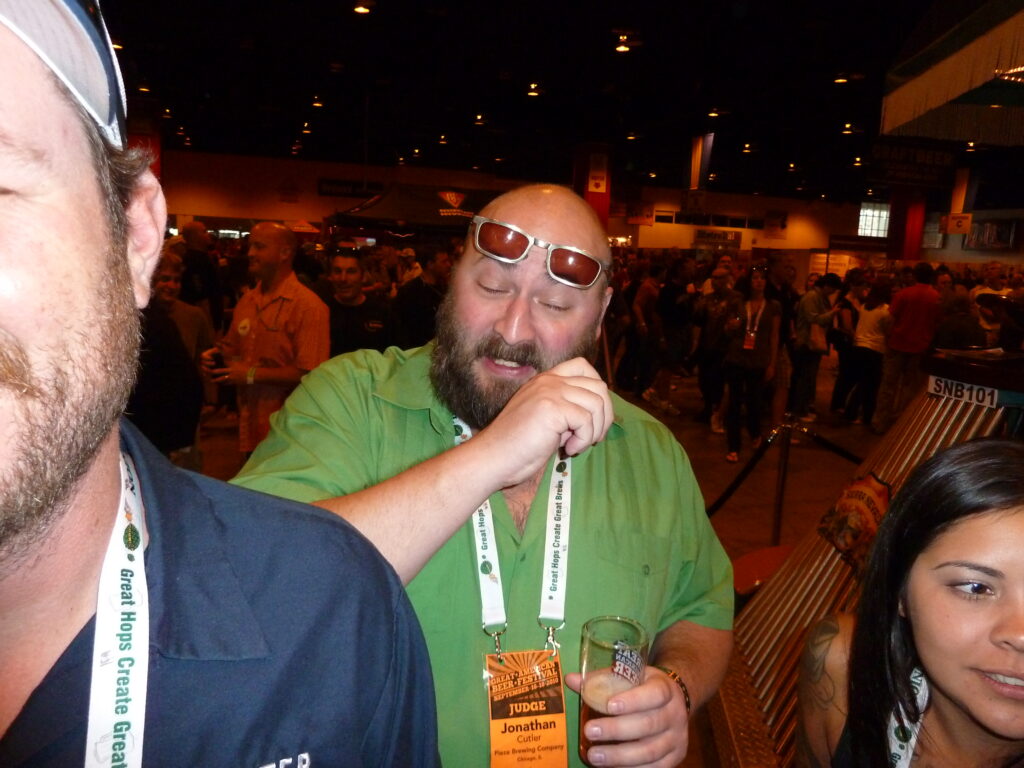
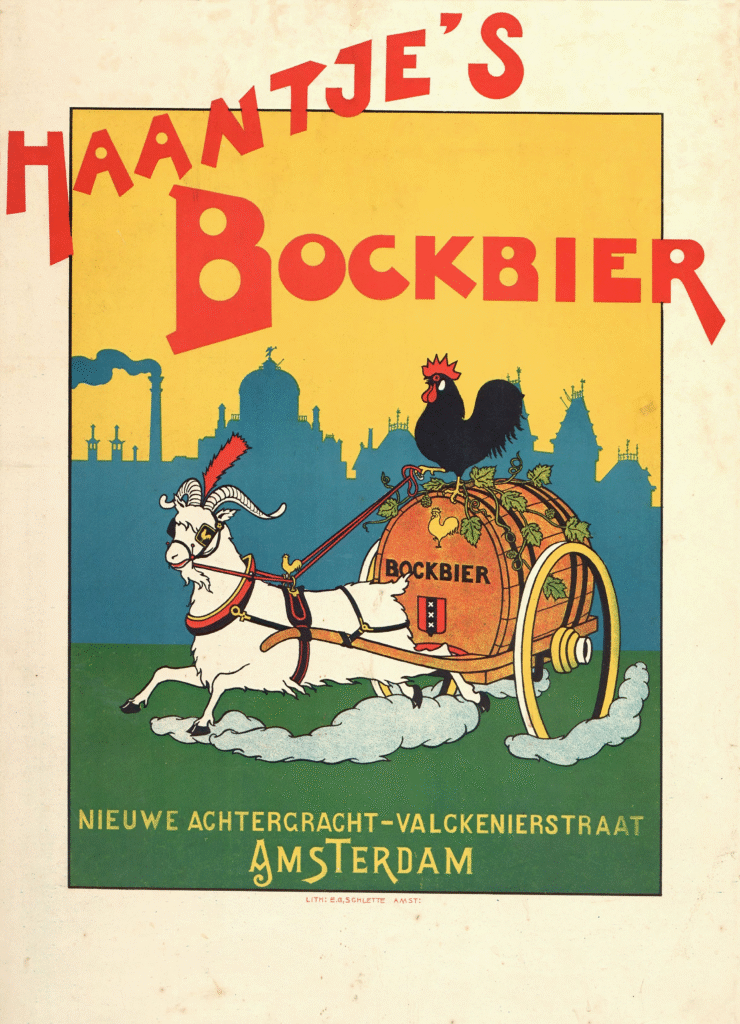
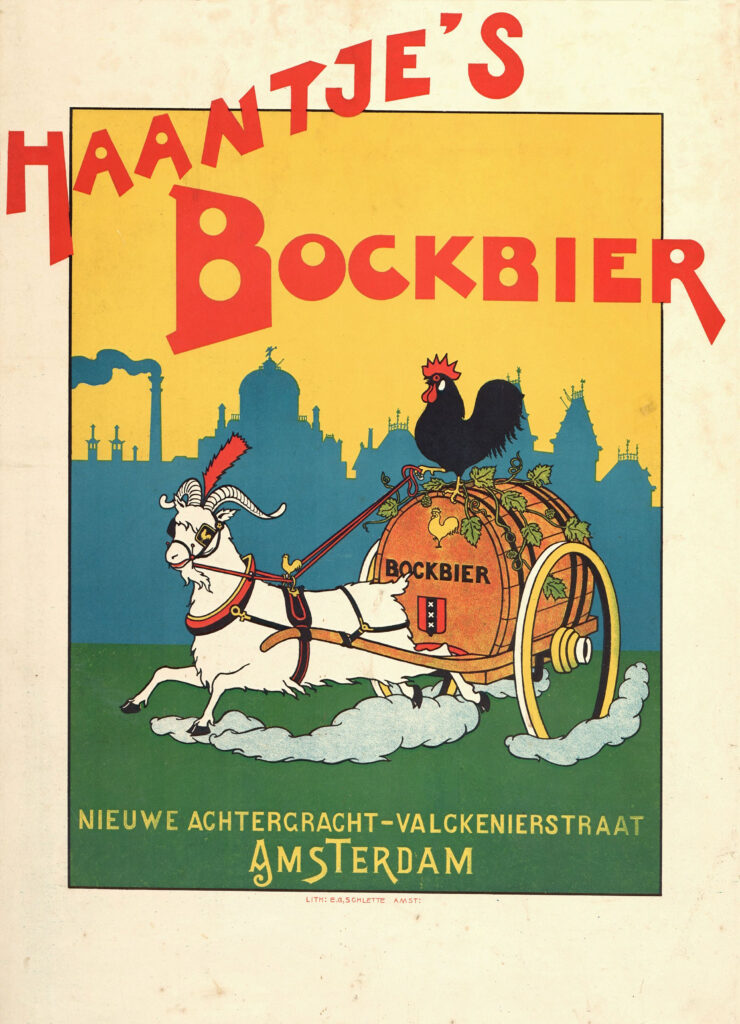

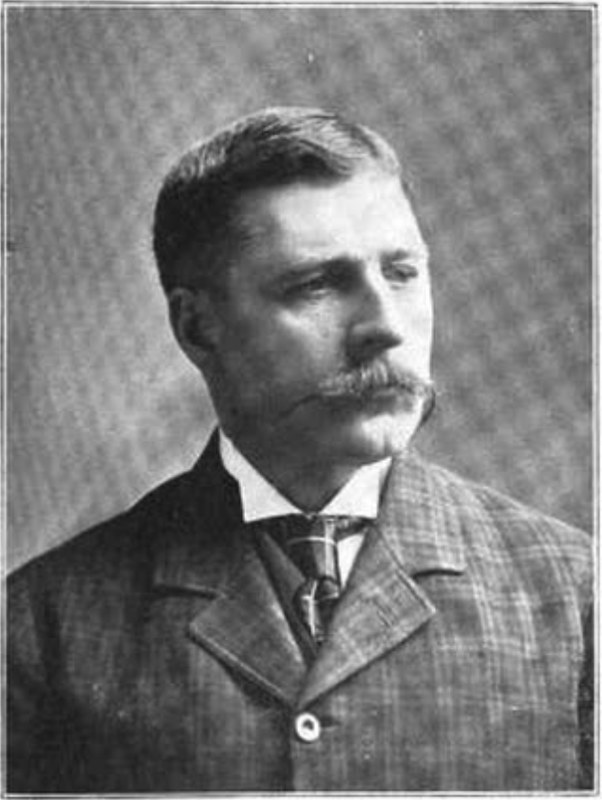
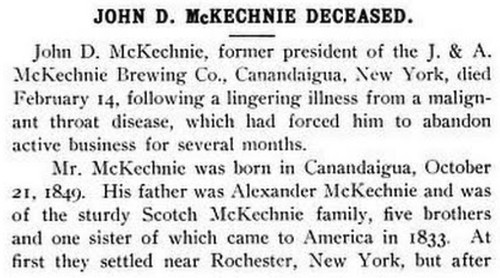
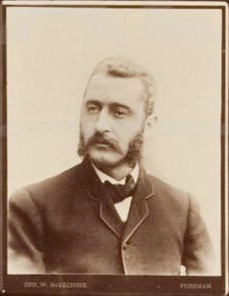
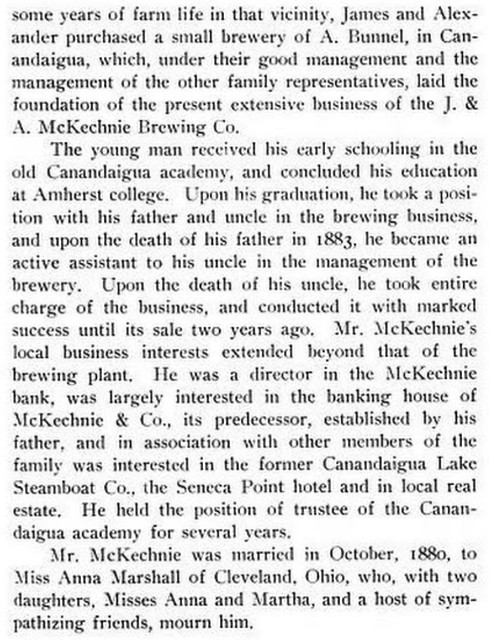
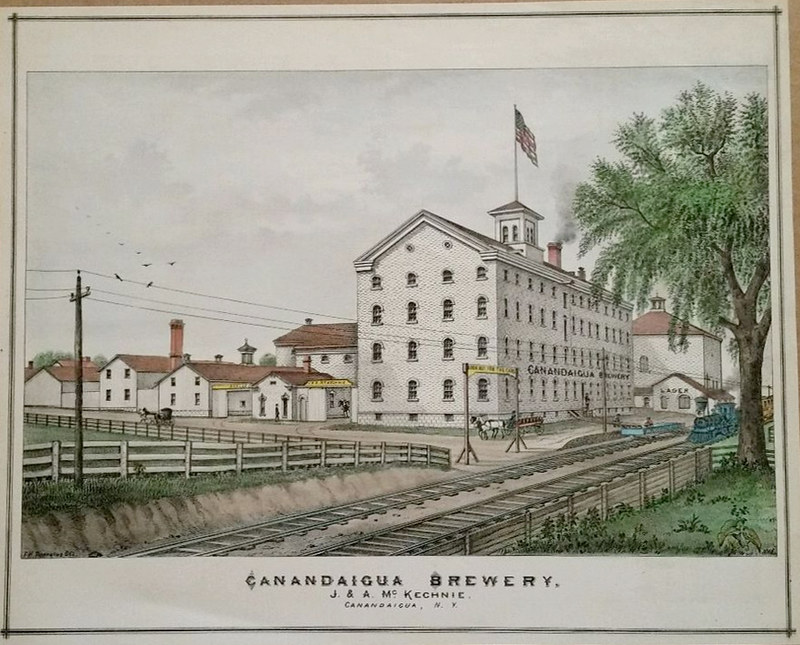
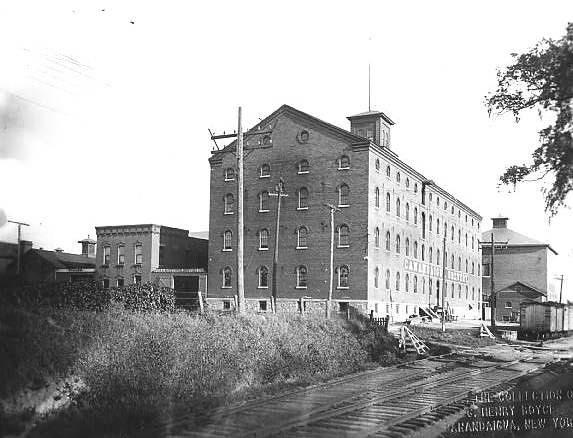
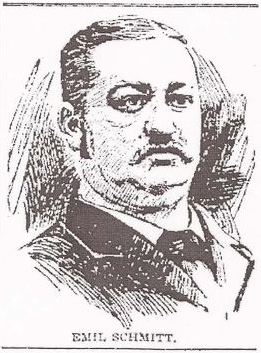
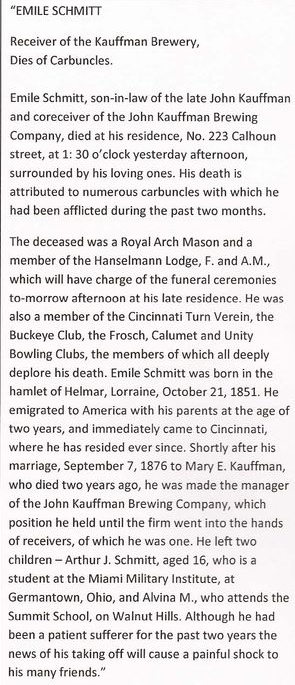
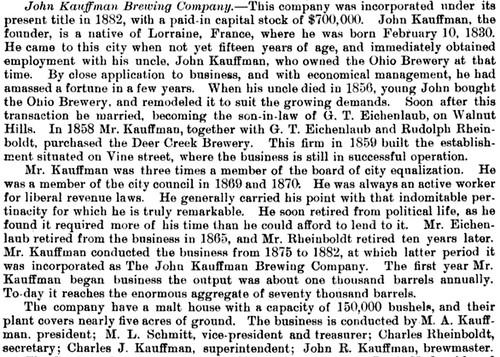
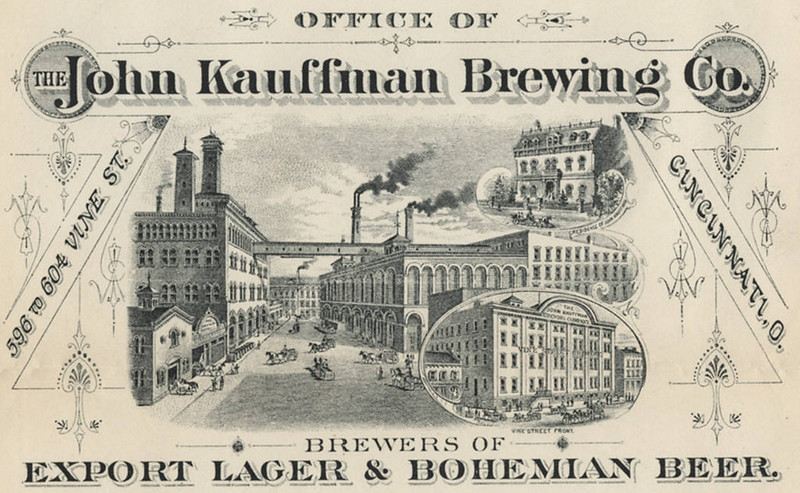
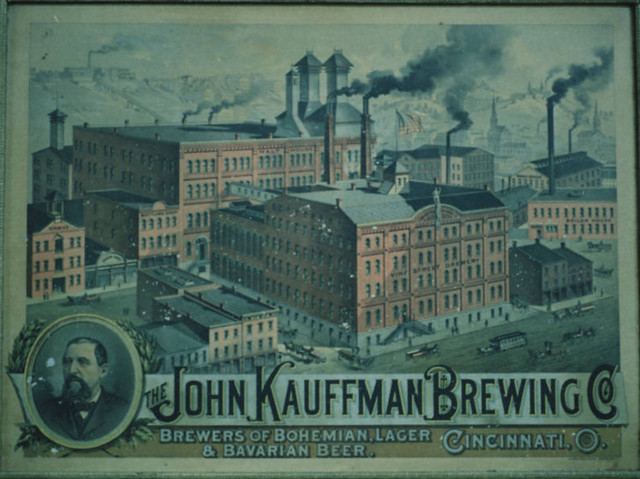
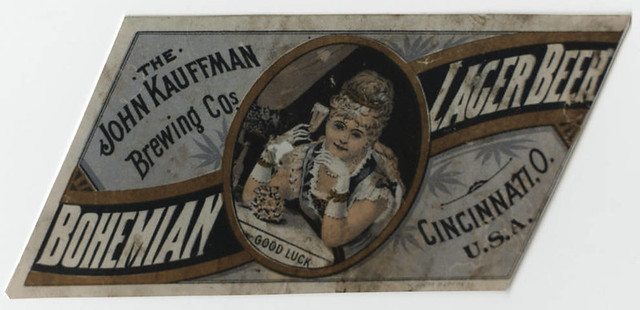

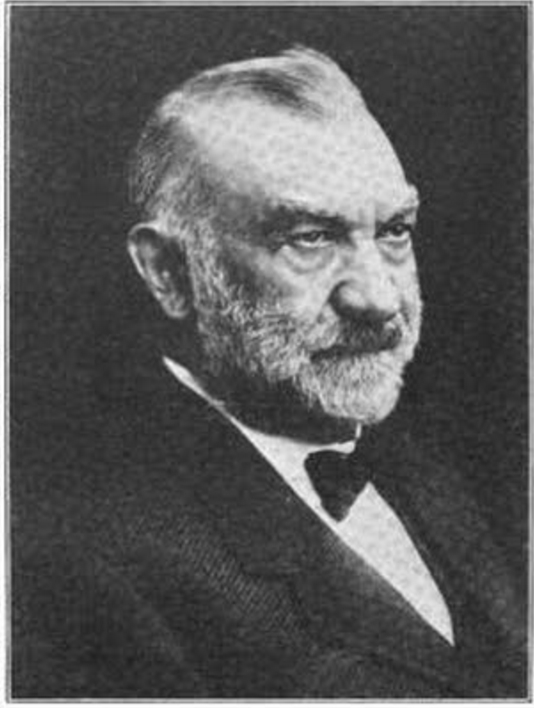
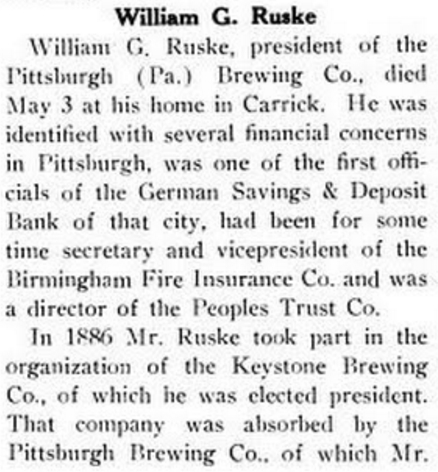
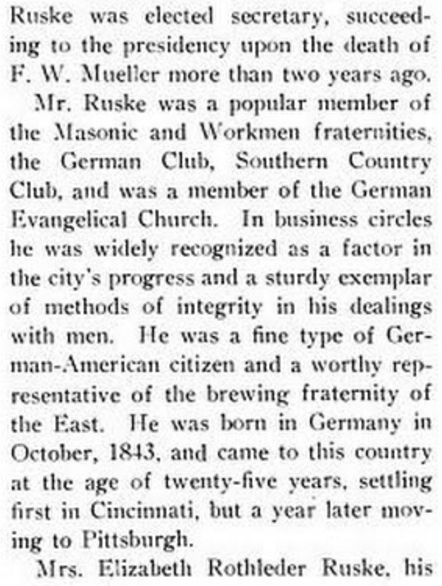

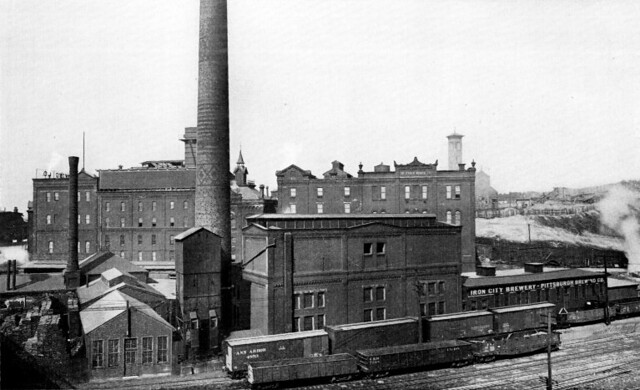
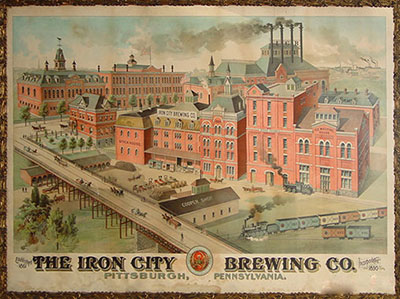
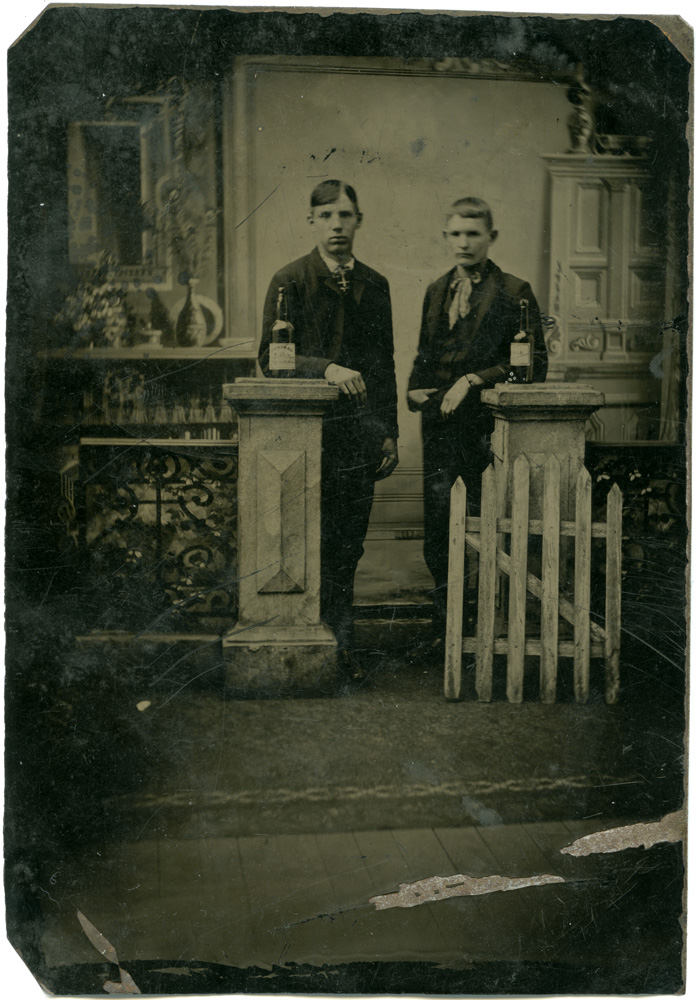
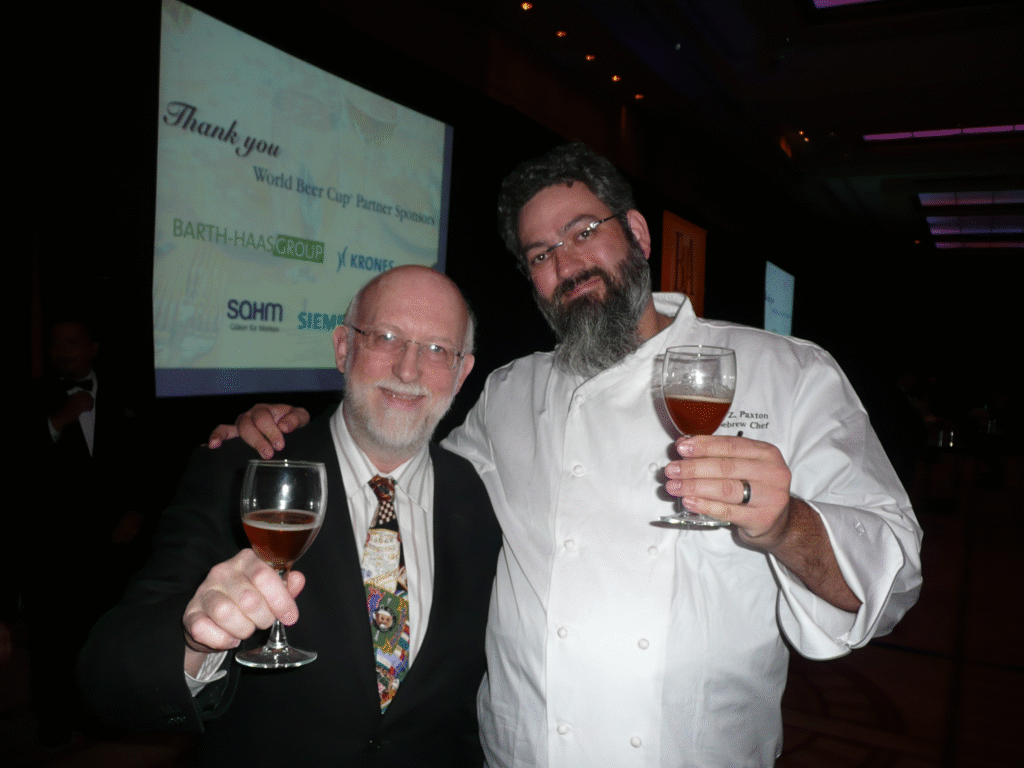
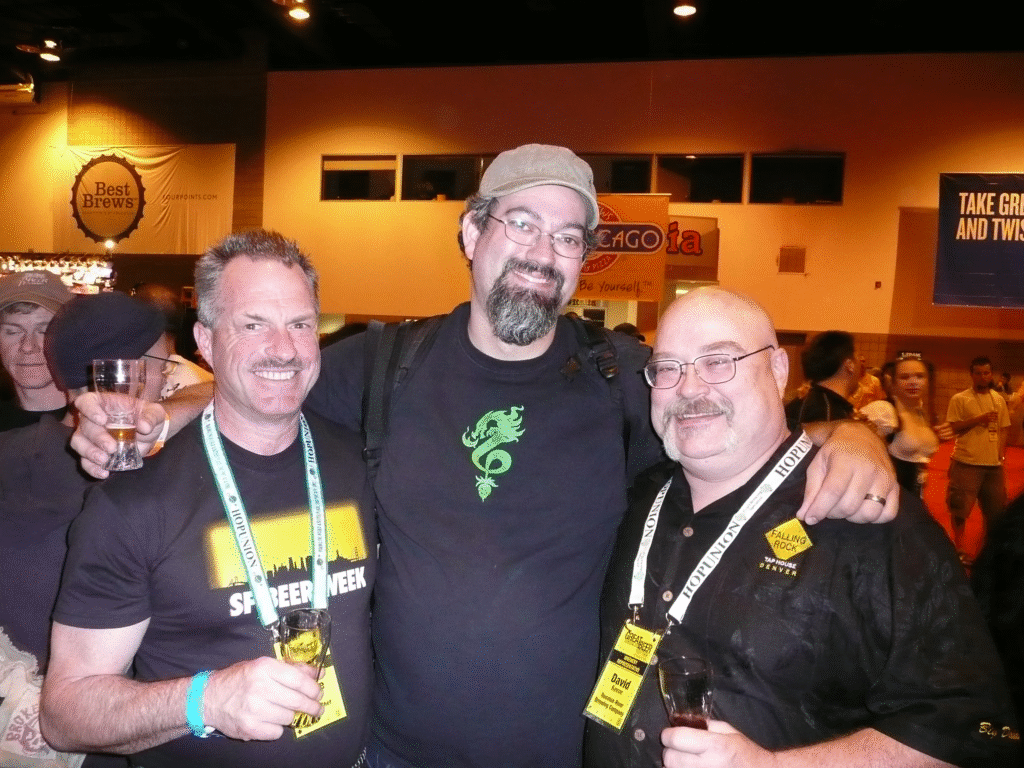
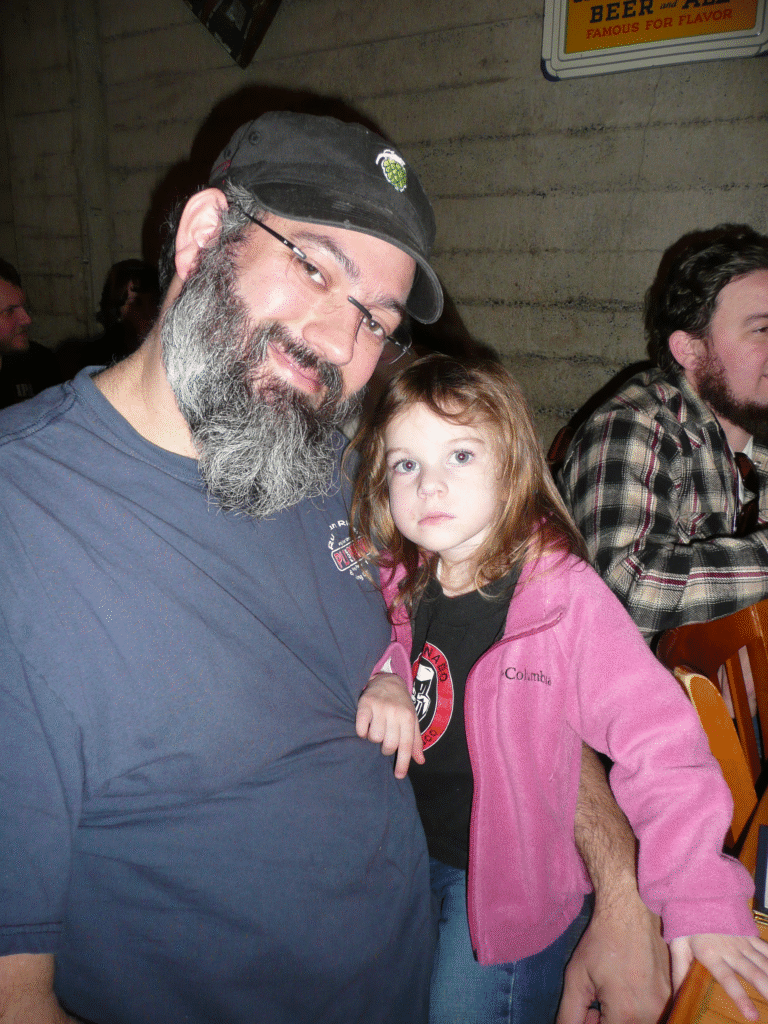
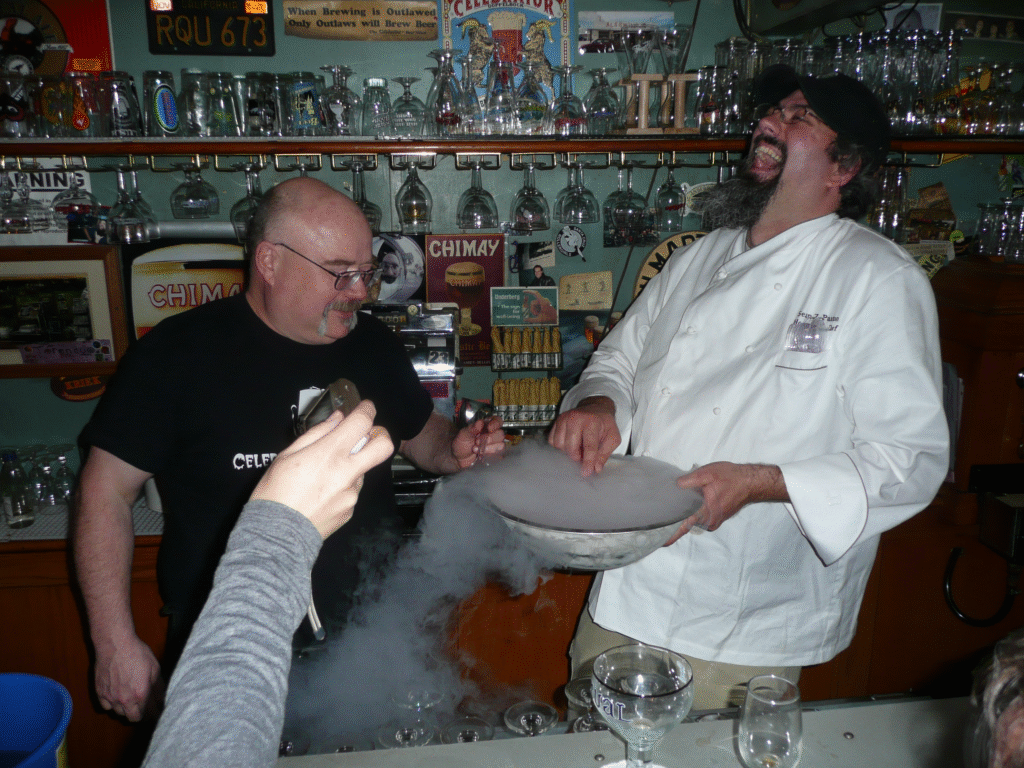
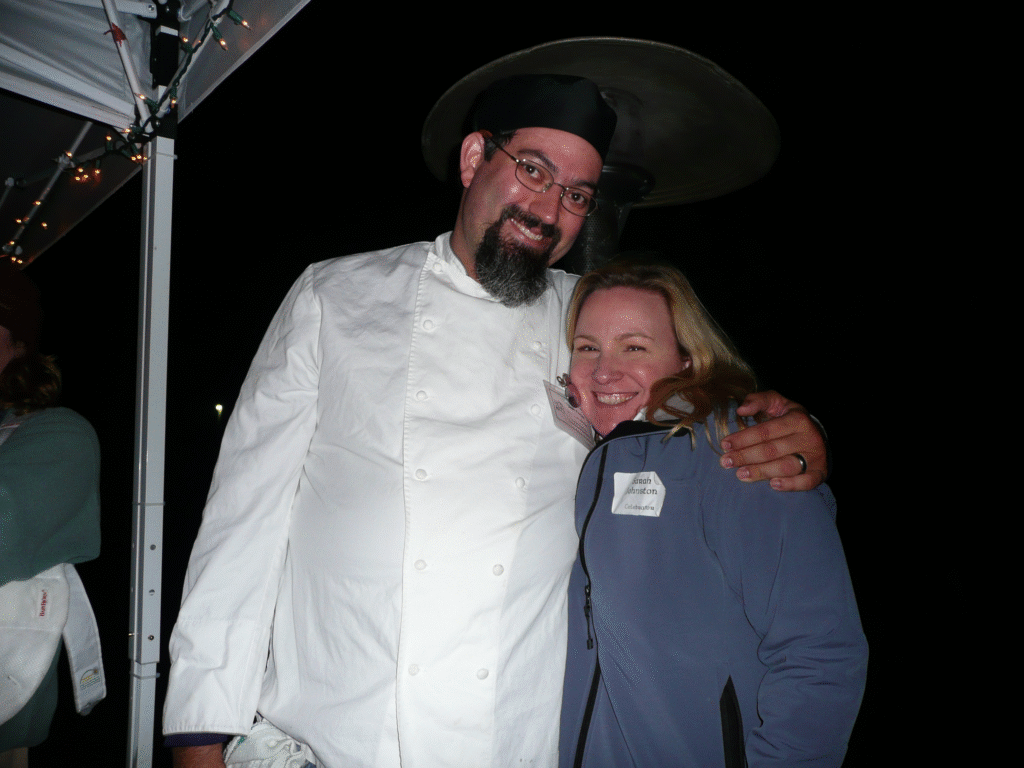
 Matt Bonney, Stephen Beaumont, Sean, Pete Slosberg & Rick Sellers at the Bistro for the Double IPA Festival several years back.
Matt Bonney, Stephen Beaumont, Sean, Pete Slosberg & Rick Sellers at the Bistro for the Double IPA Festival several years back.

